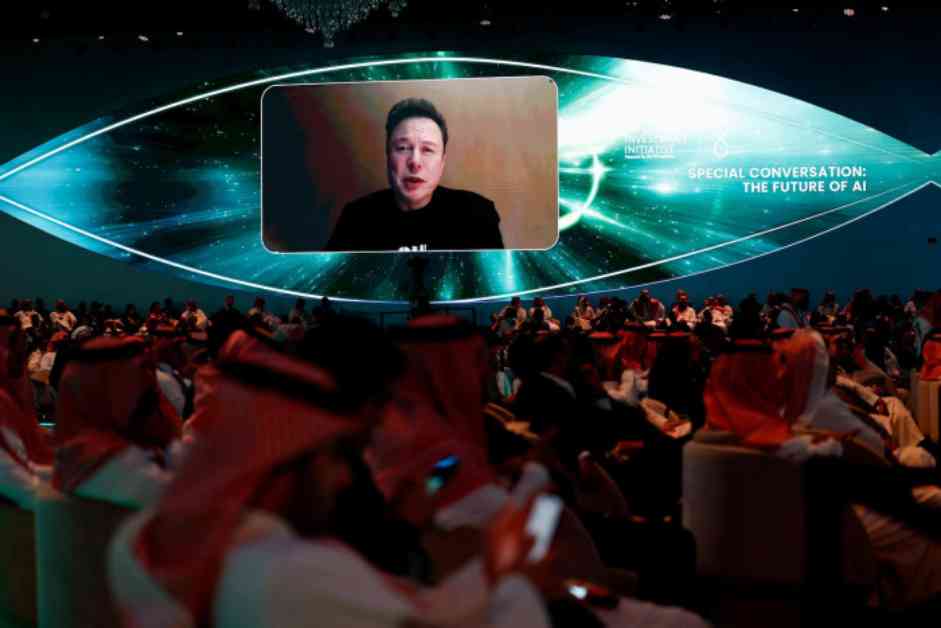Elon Musk, the CEO of Tesla and owner of X, made a bold prediction at the Future Investment Initiative conference in Saudi Arabia. He stated that by the year 2040, there will be at least 10 billion humanoid robots in the world, priced between $20,000 and $25,000 each. This announcement comes as Musk’s companies are increasingly focusing on artificial intelligence, autonomous driving, and robotics, in response to a slowdown in electric vehicle demand.
Musk’s vision for humanoid robots includes their use in performing tasks that are unsafe, repetitive, or boring. Tesla’s robot, named Optimus, is expected to be ready for use in Tesla factories by the end of this year, with plans for mass production by 2026. Other companies like Honda and Boston Dynamics are also developing their own humanoid robots, signaling a shift towards automation in various industries.
In addition to Musk’s predictions about humanoid robots, SoftBank Group CEO Masayoshi Son shared his belief in the future of artificial super intelligence (ASI) at the same conference. Son claimed that ASI, which will be 10,000 times smarter than a human brain, is expected to exist by 2035. He emphasized the need for significant investment, estimating that generative AI alone will require $900 trillion in capital expenditure for data centers and chips.
Son’s remarks shed light on the potential for AI to revolutionize various sectors, but he did not provide specific details about his investment plans. He also suggested that chip maker Nvidia could be undervalued based on the future demand for AI technology. These insights from industry leaders highlight the growing importance of artificial intelligence and robotics in shaping the future of technology and business.
As we look ahead to the coming decades, it is clear that advancements in AI and robotics will continue to transform the way we live and work. The integration of humanoid robots into various industries could lead to increased efficiency and productivity, while also raising questions about the impact on jobs and society as a whole. It will be interesting to see how these developments unfold and how companies and policymakers navigate the opportunities and challenges presented by this rapidly evolving technology landscape.




















